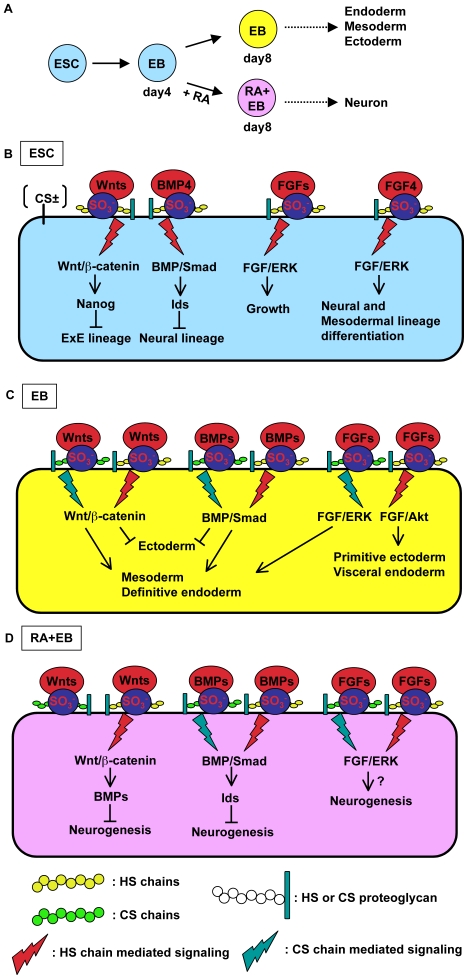Figure 8. PAPST-dependent sulfation contributes to mESCs in both undifferentiated and differentiated state.
(A) In vitro differentiation flowchart of mESCs. EBs that are not treated with RA produce cells from all three germ layers (endoderm, mesoderm and ectoderm) whereas RA-treated EBs produce neurons after further adherent culture. (B) PAPST-dependent sulfation of HS chains regulates the extrinsic signaling (by BMP, FGF and Wnt) that is required for the growth and pluripotency of mESCs. In undifferentiated mESCs, the transduction of extrinsic signals is dependent on the sulfation of HS chains, but not CS chains, and this maintains growth and pluripotency. As shown in this study, autocrine/paracrine FGF signaling contributes to the growth of mESCs. In particular, FGF4 signaling contributes to the differentiation state of the mESCs [23]. (C) PAPST-dependent sulfation of both HS and CS chains regulates the extrinsic signaling (by BMP, FGF and Wnt) that is required for normal differentiation of EBs. During EB differentiation into the three germ layers, the transduction of the extrinsic signals is dependent on the sulfation of both HS and CS chains. Wnt and BMP signaling inhibit ectodermal differentiation and contribute to mesodermal and definitive endodermal differentiation [20]–[22], [24], [25], [63]. FGF/ERK and FGF/Akt signaling contribute to mesodermal and definitive endodermal differentiation and primitive ectodermal and visceral endodermal differentiation, respectively [20], [61], [62]. (D) PAPST-dependent sulfation of HS and CS chains regulates the extrinsic signaling (by BMP, Wnt and FGF) that is required for neuronal differentiation of RA-treated EBs. During RA-treated EB differentiation, the transduction of extrinsic signals is dependent on the sulfation of both HS and CS chains and results in neuronal differentiation. Wnt and BMP signaling inhibit neurogenesis [24], [25] and FGF (e.g., bFGF) signaling may contribute to neurogenesis. CS chains regulate Wnt signaling negatively, presumably by sequestering Wnt proteins and preventing them interacting with Wnt receptors.

